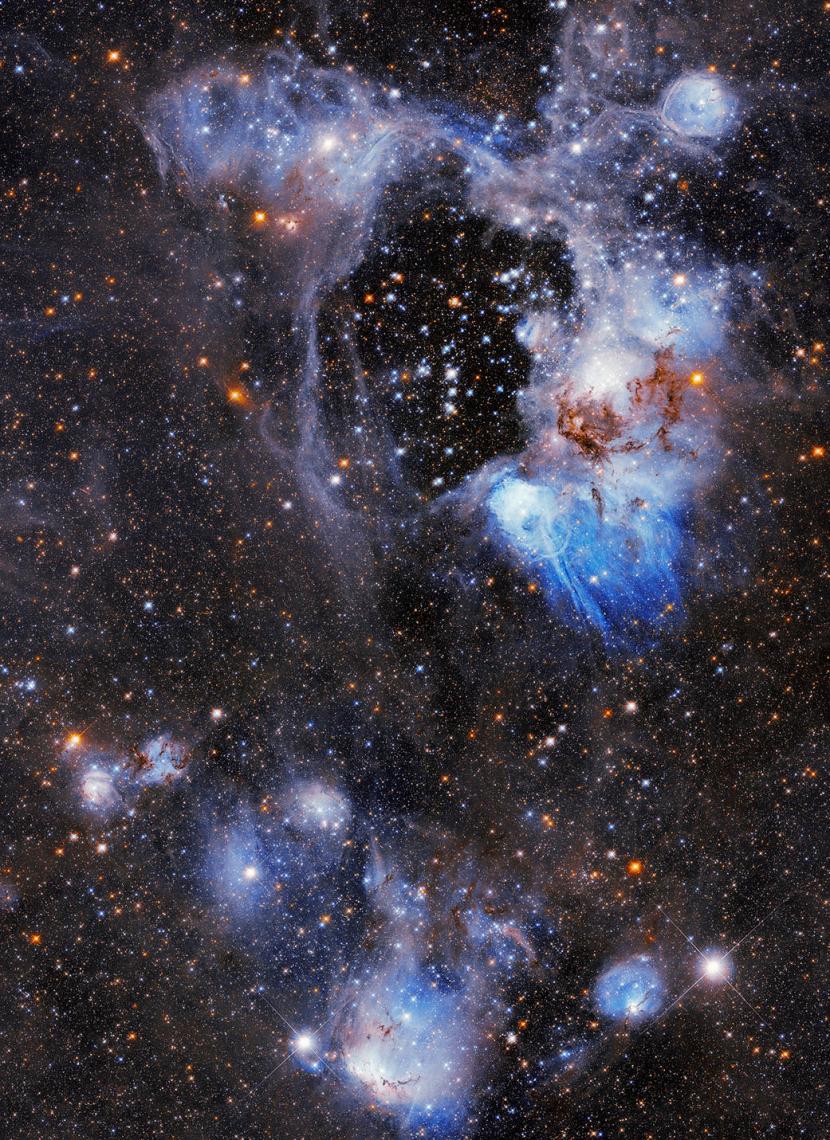The new telescope is expected to be a replacement for the Hubble telescope.
REPUBLIKA.CO.ID, WASHINGTON — This week the decade survey from the National Academies of Sciences, Engineering, and Medicine will be released. This report, released every 10 years, lays out plans for the next decade of astronomy in the United States of what to study, and what to build.
The 2020 Astronomy and Astrophysics Decadal Survey, known as Astro2020, prioritizes three main themes for research over the next decade. The three themes are the search for potentially habitable exoplanets, understanding the mysteries of the universe including dark matter and how the universe expands and learning about how galaxies form.
The survey also recognizes the importance of expanding diversity and access in astronomy and supports researchers who are early in their careers. Reported in Digital Trends, Sunday (7/11), one of the biggest recommendations was for a new “Great Observatory” to replace the aging Hubble Space Telescope.
The Hubble telescope has had a lot of trouble this year due to its outdated hardware.
The report recommends a successor to a new large telescope that can operate in optical, infrared, and ultraviolet wavelengths. The telescope is expected to be used for tasks such as observing distant exoplanets to see if they are potentially habitable.
The recommended giant telescope would be a combination of two proposals: NASA’s Habitable Exoplanet Observatory (HabEx) mission and the Large Ultraviolet Optical Infrared Surveyor (LUVOIR) mission.
At a cost of US$11 billion, the telescope will be able to see distant, fainter planets that are 10 billion times fainter than the stars in which they orbit.
“This report sets out an ambitious, inspirational, and aspirational vision for the next decade of astronomy and astrophysics,” said Fiona Harrison, chair of the division of physics, mathematics, and astronomy at the California Institute of Technology.
–
– .


